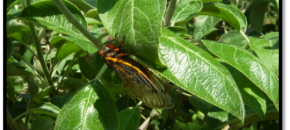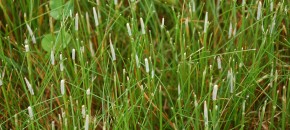
Fruit IPM Report 6-3-13 – Click to View | Download | Print In this report: Peach Apple Pear Wine Grape Scouting Calendar Blueberry Trap Counts
Continue reading...Rutgers Cooperative Extension

Fruit IPM Report 6-3-13 – Click to View | Download | Print In this report: Peach Apple Pear Wine Grape Scouting Calendar Blueberry Trap Counts
Continue reading...Potato Disease Forecasting Report 6-4-13 – Click to Download We will be tracking DSVs for Late blight development and calculating P-days for initiating the first early blight fungicide application. The first late blight fungicide application is recommended once 18 DSVs accumulate from green row. Green row typically occurs around the first week in May in southern […]
Continue reading...6-4-13 Tomato Report – Click to Download Disease severity values (DSVs) for early blight, septoria leaf spot, and tomato anthracnose development are determined daily based on leaf wetness (due to rainfall, dew) and air temperature. On a daily basis DSV values can range from 0 to 4 where 0 = no chance for disease development […]
Continue reading...By Jim Murphy Unfortunately, we had annual bluegrass invasion into the 2011 Kentucky Bluegrass Trial, sponsored by the National Turfgrass Evaluation Program (NTEP). As a result, we are trying a relatively new herbicide,amicarbazone, in combination with paclobutrazol on the borders of the 2011 trial. Light-colored patches of grass are annual bluegrass plants in Kentucky bluegrass border […]
Continue reading...By Jim Murphy Anthracnose disease was active as early as April 16 this year and has intensified in recent weeks on our low N fertilization plots. Active anthracnose disease on annual bluegrass (Poa annua) plots in North Brunswick NJ, 16 April 2013. One of our experiments has the objective of determining whether anthracnose can be […]
Continue reading...
The fungus Epichloë typhina, several other species of Epichloë, and the closely related asexual species of form genus Neotyphodium, are symbionts of cool-season grasses, which are known as “endophytes.”
Continue reading...
